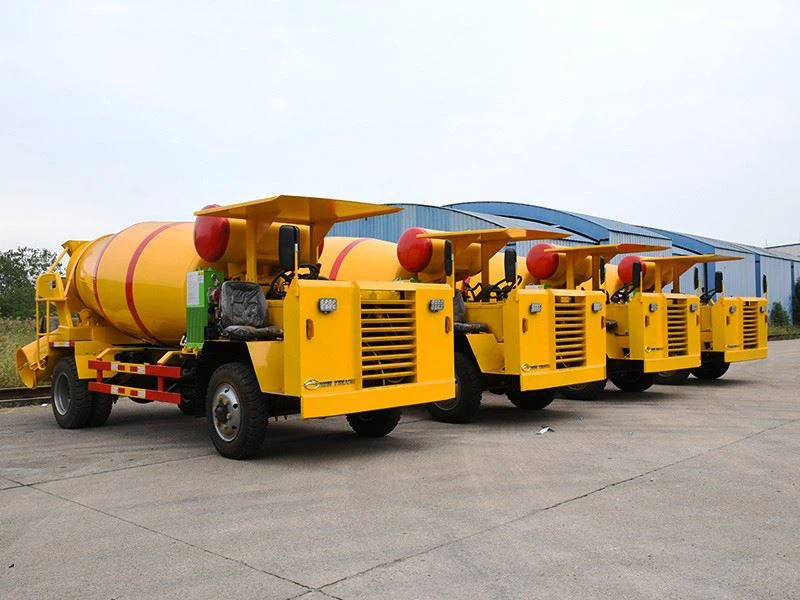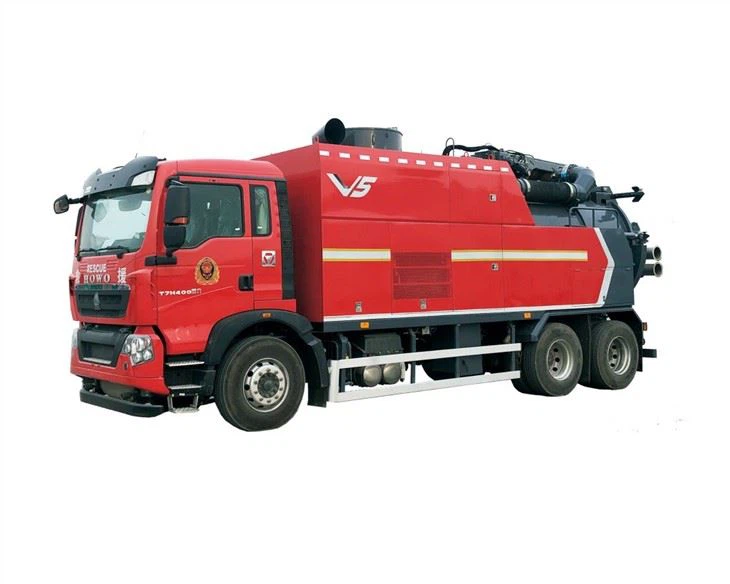Jet A Fuel Truck: Essential Insights for Aviation Professionals

Introduction to Jet A Fuel Trucks
In the aviation industry, the importance of fuel cannot be overstated. Among the various fuels used, Jet A is the most prevalent for commercial and private aircraft. As key components of airport infrastructure, Jet A fuel trucks play an essential role in ensuring a smooth and efficient fueling process. This article delves into the intricacies of Jet A fuel trucks, from their design and functionality to regulatory compliance and operational tips.
What is Jet A Fuel?
Jet A fuel is a type of aviation fuel specifically designed for jet engines. Known for its excellent performance, it has a high flash point and low freezing point, making it suitable for high-altitude flights. Understanding the properties of Jet A fuel is crucial for those in the aviation field.
Properties of Jet A Fuel
- Composition: Jet A is primarily composed of kerosene, which provides its energy density and performance characteristics.
- Flash Point: Approximately 38°C (100°F), ensuring safety during storage and handling.
- Freezing Point: Maximum of -40°C (-40°F) which allows for operation in colder climates.
- Sulfur Content: Lower sulfur content to minimize environmental impact.
Types of Jet A Fuel Trucks
Jet A fuel trucks come in various configurations to meet different operational needs. Understanding these types can help aviation professionals select the appropriate vehicle for their services.
1. Refuelers
Refuelers are specialized trucks equipped with pumps, hoses, and nozzles that facilitate the transfer of Jet A fuel from the truck to the aircraft. They often have large capacity tanks, some holding up to 10,000 gallons or more.
2. Fuel Delivery Trucks
These trucks are primarily used to transport Jet A fuel from storage facilities to various locations, including airports, corporate flight departments, and private airfields.
3. Mobile Fueling Units
Mobile fueling units are compact, versatile solutions designed for smaller airports or remote locations. They offer a flexible alternative to traditional tank storage and refueling systems.
Components of a Jet A Fuel Truck
Jet A fuel trucks consist of several critical components that ensure efficient and safe fuel handling.
1. Fuel Tank
The fuel tank is designed to store Jet A fuel safely. It is often constructed from materials that resist corrosion and chemical interactions with the fuel.
2. Pump and Dispensing System
A fuel pump transfers fuel from the tank to the aircraft. Modern trucks feature automated dispensing systems that enhance operational efficiency.
3. Hoses and Nozzles
Fuel hoses are specifically designed to withstand the pressure of Jet A fuel and are often equipped with couplings for easy connections. Nozzles are designed for safe and efficient transfer.
Safety Considerations for Jet A Fuel Trucks
Safety is paramount when handling aviation fuels. Here are essential safety measures that should be implemented.
1. Proper Grounding
Fuel trucks must be properly grounded to prevent static electricity buildup during fuel transfer.

2. Regular Inspections
Routine inspections of the truck, fuel tank, and dispensing equipment are necessary to ensure safe operation and compliance with regulations.
3. Operator Training
Personnel must be trained in hazardous material handling, focusing on how to respond to spills or emergencies effectively.
Regulatory Compliance for Jet A Fuel Trucks
The operation of Jet A fuel trucks is subject to strict regulatory requirements to ensure safety and environmental protection.

1. Environmental Protection Agency (EPA) Regulations
The EPA outlines regulations related to emissions and hazardous materials handling, which fuel trucks must comply with.
2. Occupational Safety and Health Administration (OSHA) Standards
OSHA sets forth workplace safety standards that directly impact the operation of fuel trucks, including training and personal protective equipment (PPE) requirements.
3. Federal Aviation Administration (FAA) Guidelines
The FAA has specific guidelines for the handling and storage of aviation fuels, which must be adhered to outside of the airport environment.
Operational Tips for Using Jet A Fuel Trucks
Efficient operation of Jet A fuel trucks can enhance productivity and safety. Here are practical tips for aviation professionals.
1. Plan Fuel Delivery Schedules
Planning delivery schedules based on aircraft demand can optimize the use of Jet A fuel trucks and reduce wait times.
2. Implement Preventative Maintenance
Regular maintenance of the fuel truck and its components can prevent costly breakdowns and ensure consistency in operations.
3. Monitor Fuel Quality
Regular testing of fuel quality helps to identify any contamination early and maintain operational efficiency.
Examples of Jet A Fuel Truck Usage
Understanding how Jet A fuel trucks are operated in various scenarios can provide valuable insights.
1. Major Airports
In large airports, multiple Jet A fuel trucks are utilized to refuel commercial flights promptly, ensuring a quick turnaround.
2. Private Airports
Private aviation services often deploy fuel trucks for on-demand fueling, enhancing service quality for corporate customers.
3. Remote Locations

In remote areas, mobile fuel trucks provide a vital service, supplying Jet A fuel to otherwise underserved locations.
Future Trends in Jet A Fuel Truck Technology
The advancement of technology is reshaping the aviation fueling industry. Here are some key trends to watch.
1. Automation and Smart Fueling Systems
The incorporation of IoT and automation in fuel trucks can enhance monitoring, reporting, and operational efficiency.
2. Sustainable Aviation Fuels (SAF)
As the industry moves towards sustainability, the availability of sustainable aviation fuels may influence the design and operation of Jet A fuel trucks.
3. Enhanced Safety Features
Future designs are likely to include advanced safety features, such as emergency shut-off systems and enhanced spill containment measures.
FAQs about Jet A Fuel Trucks
1. How often should Jet A fuel trucks be inspected?
Jet A fuel trucks should undergo regular inspections at least once a month, with more frequent checks during heavy usage or adverse weather conditions.
2. Can Jet A fuel trucks transport other types of fuel?
Generally, Jet A fuel trucks are designed specifically for aviation fuel. It is not advisable to transport other types of fuel to avoid contamination and safety hazards.
3. What steps should be taken in the event of a fuel spill?
In the event of a spill, the first step is to alert emergency response teams. Follow this by implementing containment measures to minimize environmental impact.
4. How can I ensure the quality of Jet A fuel?
Ensuring fuel quality involves regular testing for contamination, maintaining proper storage conditions, and adhering to handling guidelines.
5. What is the capacity of a typical Jet A fuel truck?
Most Jet A fuel trucks have a capacity ranging between 5,000 to 10,000 gallons, although larger models may hold more.
6. Are there special training requirements for operating Jet A fuel trucks?
Yes, operators must undergo specialized training focused on fuel handling, safety protocols, and emergency response measures.
